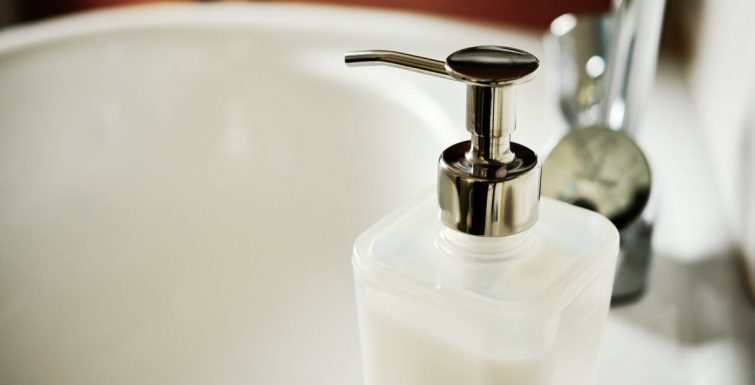Julie Entwistle, MBA, BHSc (OT), BSc (Health / Gerontology)
Remember: Occupational Therapists define the word “occupation” as the way people “occupy” their time. So, for us, this term actually includes all roles involved in living (again, therapy for living, who knew?). In keeping with my theme for October, in celebration of OT month, I will continue to explore the journey of “occupation” from morning to night, highlighting how OT’s help when things breakdown along the continuum that is living.
Okay, so you are up, out of bed, heading to the bathroom. “Occupation” is also the process of managing personal care tasks involved in toileting, grooming, showering or bathing, and dressing.
Assume you have reached the bathroom. What happens if your back is too sore to bend you towards the sink, or the toilet is too low and you don’t have the lower extremity mobility or strength to crouch to that level? Or, maybe you have lost bowel and bladder abilities and you are required to toilet differently? What if when you look in the mirror your thoughts start racing to negative, derogatory or harmful comments about yourself? You want to shower or take a bath, but you can’t stand that long, can’t get your cast wet, or have hypersensitivity to the water hitting your skin. Maybe you can’t get to the bottom of the bathtub, or even if you sit to shower, can’t reach your shower head, lift your shampoo bottle, or lack the arm, hand and finger abilities to scrub your body or your hair. If you are using a wheelchair or commode, maybe you can’t even get into the bathroom in the first place, or if you can, can’t get into the shower, under the sink, or can’t see yourself in the mirror. Or, perhaps your depression limits your motivation to shower, or to brush your teeth or hair in the first place.
Maybe you have managed to do your grooming, toileting and washing. What if you can’t get dressed? Perhaps you are on the main floor because you can’t do the stairs, but all your clothes are in your upper bedroom. Or, your clothes are not clean because you lack the ability to do so. Maybe you dresser is too high, or too low, or you can’t reach the shelves in your closet due to pain, limited strength or mobility. Putting on a bra requires significant shoulder movements and putting on socks requires flexion and external rotation of the hips, or bending, and you can’t do any of that?
Occupation is all of that, and these things are addressed in occupational therapy. If you can’t use the toilet, perhaps you need education, supplies or help to manage briefs, urinals, catheterizations, bed pans, disimpaction, a colostomy, ileostomy, or suppositories. Maybe you need a commode beside the bed because your bathroom is not accessible, or you don’t have a toilet on the level of the home you are required to sleep on due to limited mobility. What if the commode you do have won’t fit over the toilet, or even through the bathroom door? If you can get in the bathroom, but the toilet and sink are not usable for you, perhaps devices would help to correct this, or you need education on alternatives. Perhaps your shower or bath needs some adjustments to help you transfer into / out, to sit to shower, or to reach the shower head. Maybe the shampoo and soap bottles need to be changed or relocated. A reacher may help you to access some of your clothing, or you need education and support to rearrange your things to promote your independence. Education and equipment for dressing may help to reduce your need for assistance with dressing your upper and lower body. No motivation to do these things in the first place? Solutions can include cognitive, emotional and behavioral strategies and supports to change thinking patterns, reengage the psyche, and to restore normal routines.
Spoken quite simply – occupation is going to the washroom, grooming, showering and dressing, and if these things are a challenge for you, occupational therapists treat that.


